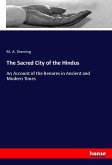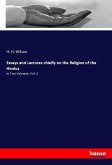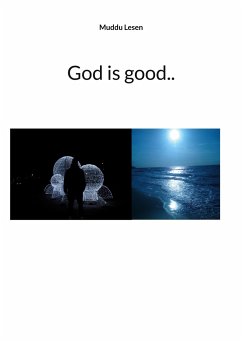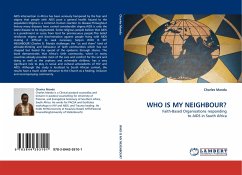The present work analyzes the rise and growth of Communalism in India and Sangh Parivar. The book also points out the differences between the Image of Lord Ram in Hinduism and the image of violent Ram projected by Sangh Parivar during late 80s and 90s. The book focuses on the history of communal riots, projection of Violent Ram by Sangh Parivar and the Ramjanam Bhumi-Babri Mosque controversy. The book contends that it was the Sangh Parivar, who, to gain political mileage by mobilizing Hindus on communal grounds, projected the Violent image of Ram, asking their fellow religionist to be violent to end the evil (i.e Muslims). The Sangh Parivar utilized the communal riots and growing hatred among Hindus against Muslims and the Shah Bano movement. They used religion and religious symbols to mobilize Hindus to successfully spread the ideology of communalism and projected the image of violent Ram. Thus the Babri Mosque was demolished in 1992 and since than the issue is a bone of contention between Hindus and Muslims in India.








